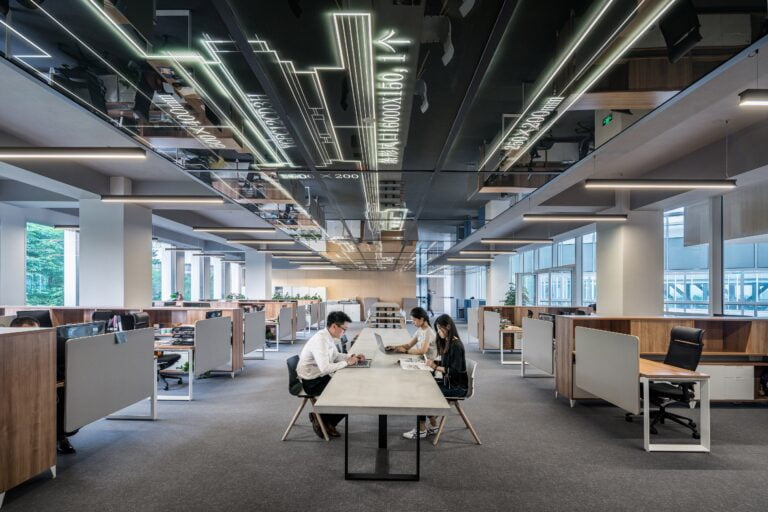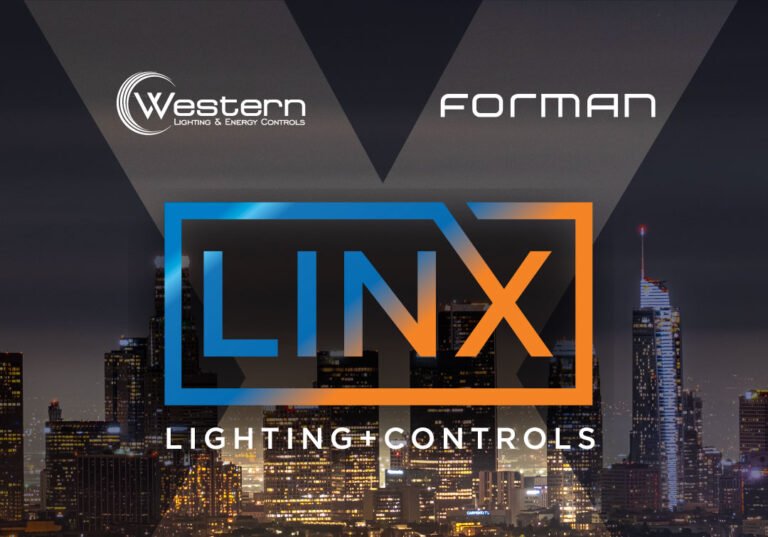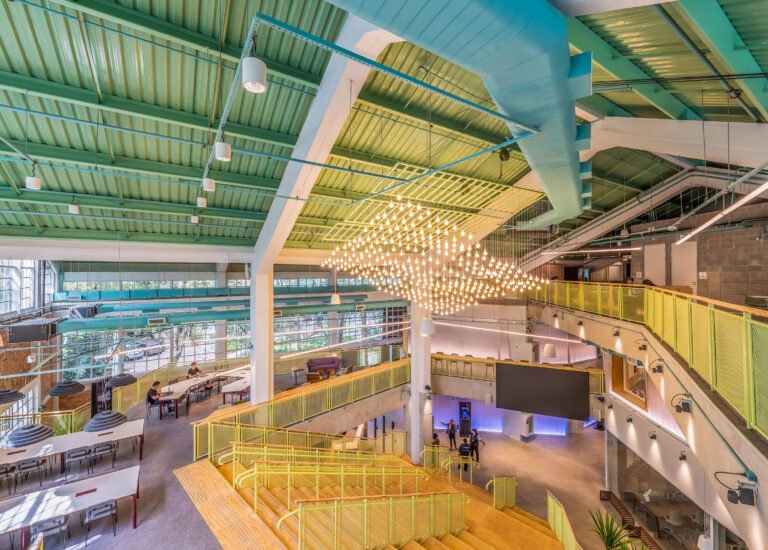Whether they are at the office in front of a computer screen or home watching TV, people are spending more and more time indoors and away from natural sunlight. Humans have an inherent connection with nature and being outdoors, and we lose that connection when we are inside all day. Many lighting solutions, especially those in offices, don’t have much variability – the light is either on or off. However, lighting doesn’t have to be static.
At different times throughout the day, and when we are performing different types of tasks, we need different types of illumination. Particular generations also have different lighting needs. However, there is often not much variety. Lighting solutions should be sensitive to human needs and desires – they can have a very profound impact on people. The right type of lighting can help us focus, give us energy, make us feel warm and cozy or help us sleep. In theater, lighting is crucial to establish a mood and set a scene. We should place just as much importance on the lighting design in our homes, offices, restaurants and doctors’ offices.
Well-designed lighting has the potential to have a positive effect on health, cognitive function, and productivity. It can help people live, work and feel their best. Enter a relatively new concept, human-centric lighting.
What is Human-Centric Lighting?
Think of human-centric lighting as task-based dynamic lighting, or lighting that brings control back to the people, or perhaps lighting that is inspired by the power of daylight. These are all accurate descriptions. Human-centric lighting creates an exceptional human experience that enhances well-being, provides comfort and promotes productivity.
A few characteristics of human-centric lighting that are important to discuss are natural light adaptation and the element of control. Natural light adaptation is when the lighting mimics the sun. Human-centric light sources can change brightness, intensity and color temperature throughout the day. Producing a bright light during the day and toning it down to a dimmer, more yellow light in the evening has a very uplifting result on a person’s mood, as well as their sleep patterns.
The element of control is crucial. Human-centric lighting allows people to adjust their light from a wall switch/keypad, their smartphone, their computer or through voice activation. The light color selection includes crisp white, warm pastels and highly saturated colors. We can now precisely adjust the lights for any living or working space. For example, an office could feature a bright, energetic white and a living room could present a warm yellow tone. Alternatively, they could be interchangeable. The possibilities are endless.
How Does it Work?
Human-centric lighting solutions include a variety of different integrated systems and light bulbs. Typically, the lights feature multiple colors (white, blue, red and green) of LEDs. The variation allows them to create an assortment of white and yellow temperatures, while also offering a rainbow of beautiful different colors. Color temperatures can range from close to candlelight – below 2,000 Kelvin, to bright sunlight – over 10,000 Kelvin.
Integrated systems include luminaires, keypad interfaces, apps. and software. The luminaires communicate wirelessly with the interfaces to allow users to control them. Brands usually have different offerings depending on the use, whether it be for home, office, retail, healthcare or hospitality.
There are a variety of different human-centric lighting solutions. For the best results, stick with the professionals who have spent the time on acute research and development to provide the highest quality designs.
For more information, contact us here at Western Lighting & Energy Controls.




